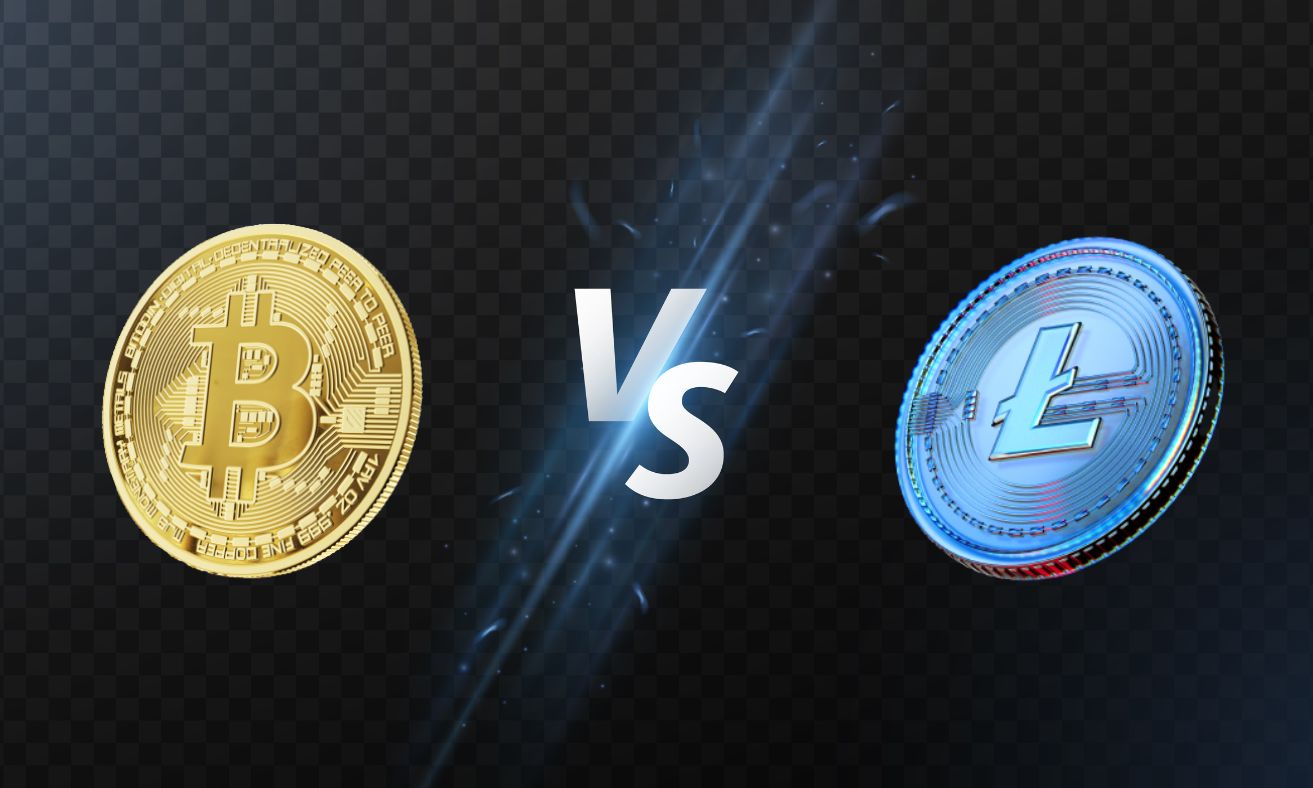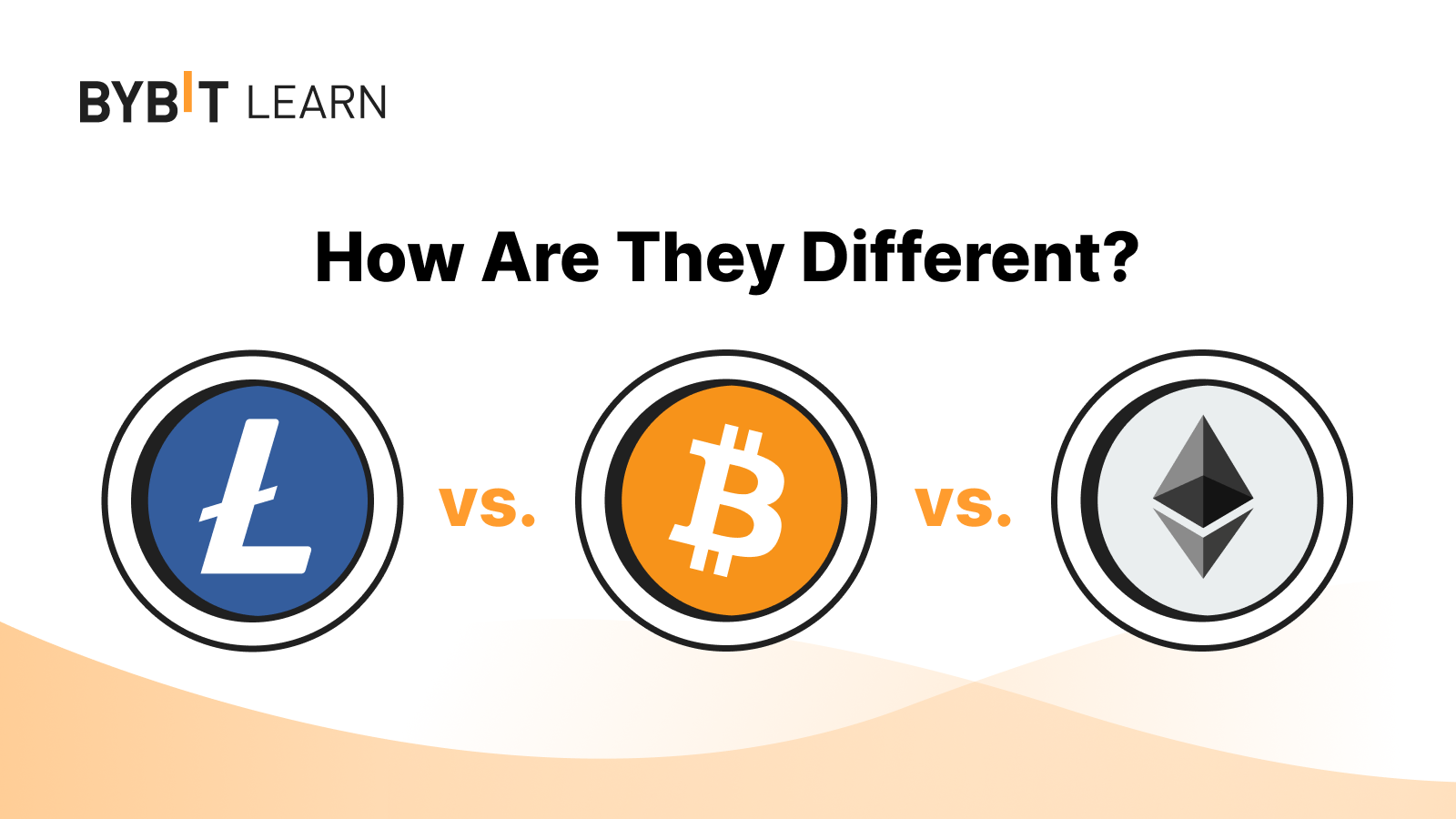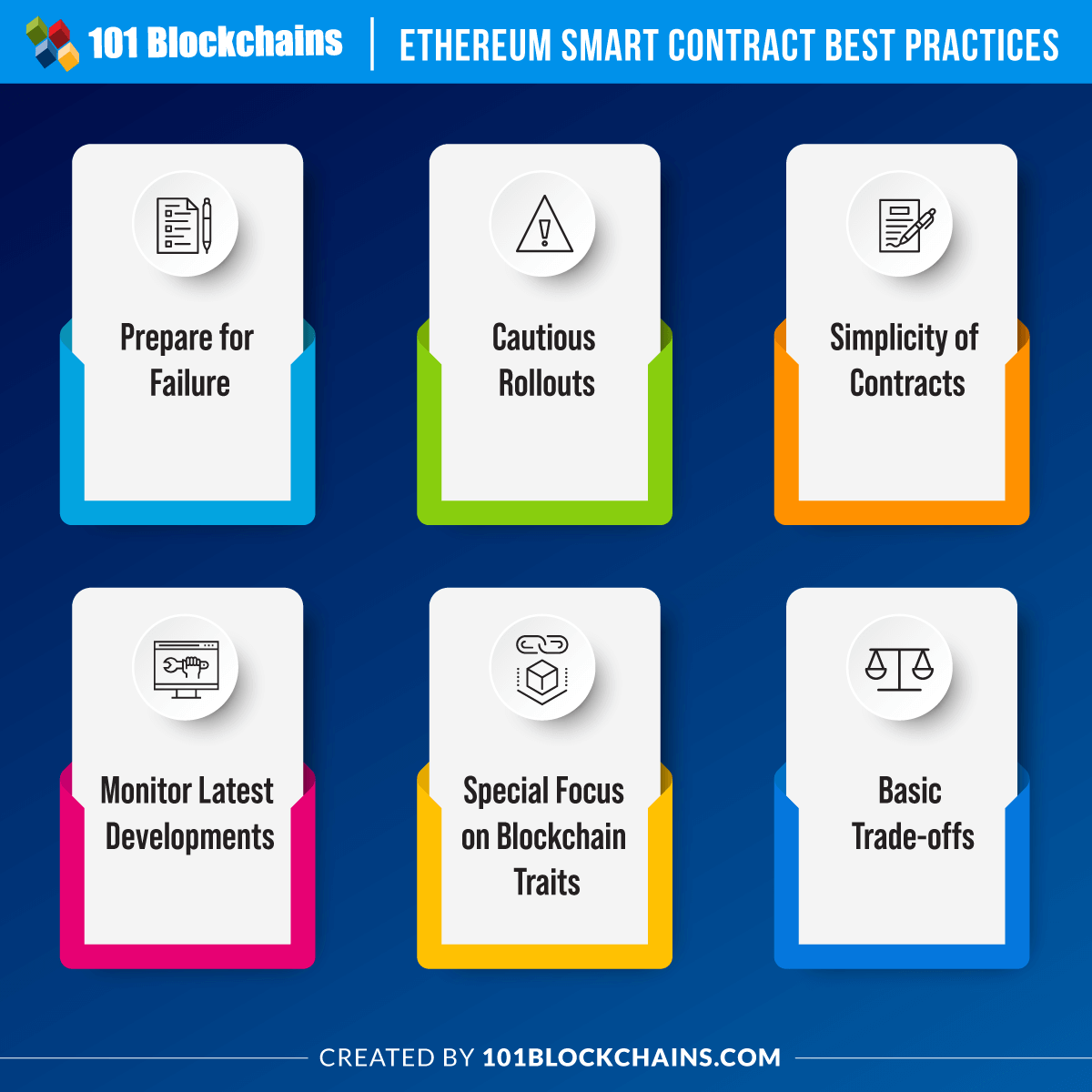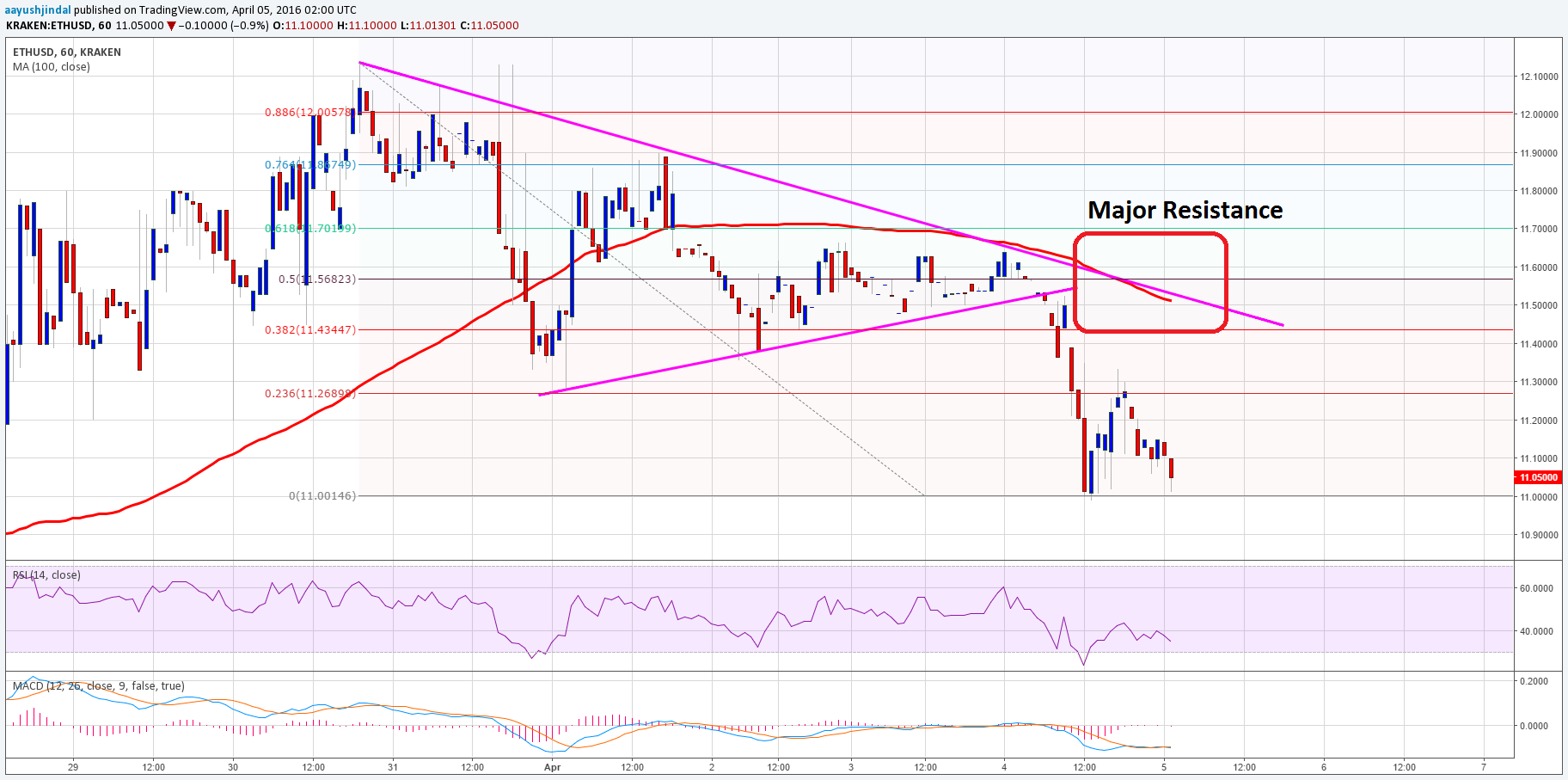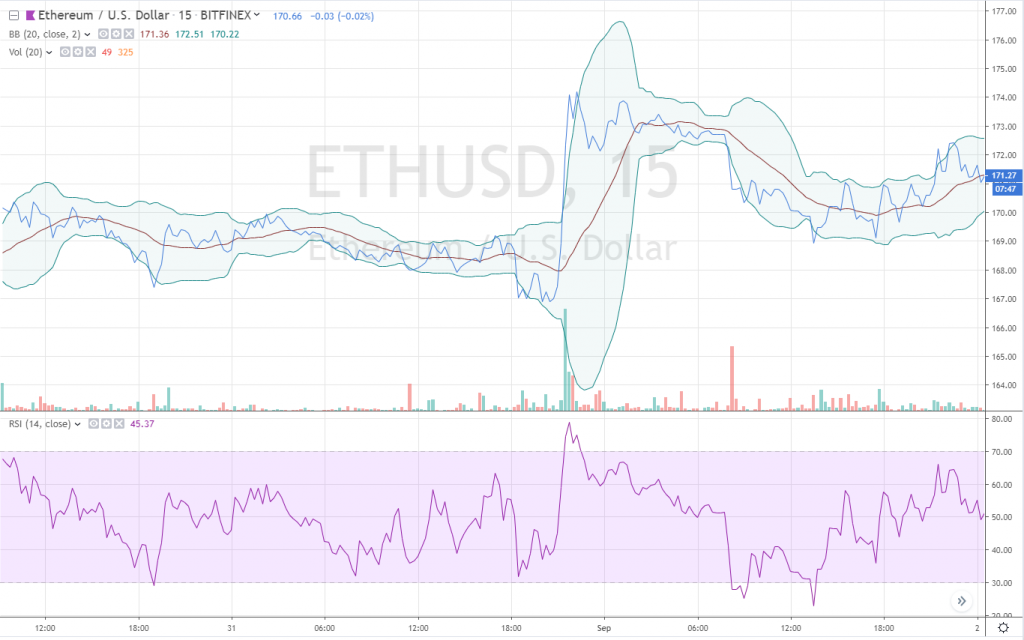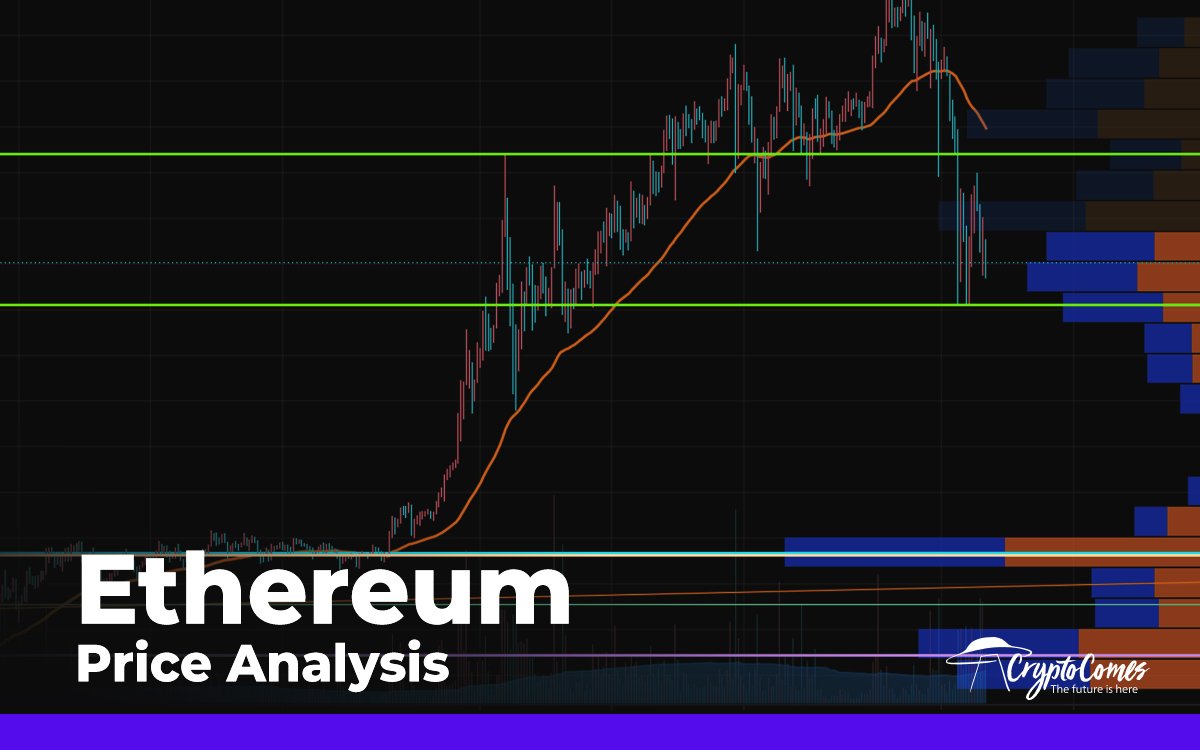is ethereum the best crypto Exploring Its Unique Value
Is ethereum the best crypto? This question has sparked lively debates in the cryptocurrency community, as Ethereum continues to evolve and challenge the dominance of Bitcoin and other altcoins. With its robust platform for decentralized applications and smart contracts, Ethereum offers unique features that set it apart from traditional financial systems.
Since its inception in 2015, Ethereum has undergone significant development, growing into one of the most influential cryptocurrencies. Its innovative approach to blockchain technology and community-driven ecosystem make it a key player in the crypto market, ready to face the future with promising advancements.
Overview of Ethereum

Ethereum has emerged as one of the most significant cryptocurrencies in the market, standing out due to its decentralized platform that enables developers to create smart contracts and decentralized applications (dApps). Unlike Bitcoin, which primarily functions as a digital currency, Ethereum serves as a foundation for various blockchain-based innovations. Developed by Vitalik Buterin and launched in 2015, Ethereum has experienced immense growth, quickly evolving from its initial concept to a thriving ecosystem.
Its underlying technology is based on blockchain, which allows for secure transactions and data storage. Ethereum's unique traits include its ability to execute smart contracts—self-executing contracts with the terms of the agreement being directly written into code—and its versatility in hosting multiple dApps across various sectors.
Use Cases of Ethereum
Ethereum's flexibility has led to a diverse range of applications. Some of the most notable use cases include:
- Decentralized Finance (DeFi) platforms that facilitate lending, borrowing, and trading without intermediaries.
- Non-Fungible Tokens (NFTs) that represent ownership of unique digital assets, such as art and collectibles.
- Gaming platforms that offer in-game assets that can be traded on the blockchain.
Furthermore, Ethereum's smart contracts play a pivotal role across industries like finance, supply chain, and healthcare, enabling automation and transparency in processes. To illustrate Ethereum's capabilities compared to other cryptocurrencies, here's a comparison table:
| Cryptocurrency | Key Use Cases |
|---|---|
| Ethereum | Smart contracts, dApps, DeFi, NFTs |
| Bitcoin | Digital currency, store of value |
| Cardano | Smart contracts, dApps |
Market Performance
Ethereum's market performance has been impressive, with significant price surges since its launch. The price of Ether (ETH), Ethereum's native cryptocurrency, has seen remarkable growth, especially during bull markets. The cryptocurrency hit an all-time high in 2021, driven by the DeFi boom and growing interest in NFTs.When comparing market capitalization, Ethereum consistently ranks second after Bitcoin, often boasting a market cap that outstrips many other altcoins.
To understand Ethereum's price trends better, here’s a responsive table showcasing its fluctuations alongside major crypto events:
| Date | Price (ETH) | Event |
|---|---|---|
| December 2017 | $1,400 | All-time high at the time due to market speculation. |
| May 2021 | $4,300 | DeFi boom and NFT hype drive prices up. |
Technological Innovations

Ethereum 2.0 represents a significant upgrade aimed at enhancing the platform's scalability and security. This transition from a proof-of-work to a proof-of-stake consensus mechanism is pivotal for the future of Ethereum. It will not only reduce energy consumption but also allow for greater transaction throughput, addressing long-standing issues related to network congestion.The implementation of proof-of-stake is expected to improve the security of the Ethereum network while encouraging users to participate in the network's governance.
Looking forward, there are anticipated technological advancements that promise to further elevate Ethereum's capabilities, such as sharding and layer-2 solutions to enhance efficiency.
Community and Ecosystem
The Ethereum community is vast and actively engaged, consisting of developers, investors, and enthusiasts who contribute to the platform's growth. One of the strengths of Ethereum lies in its collaborative ecosystem, fostering partnerships with various organizations across multiple sectors.Some notable collaborations include:
- Microsoft's Azure Blockchain Service for enterprise solutions.
- Chainlink’s partnership to provide reliable oracles for smart contracts.
- Numerous DeFi projects and NFT marketplaces operating on Ethereum’s infrastructure.
Additionally, the Ethereum ecosystem hosts many groundbreaking projects leveraging its technology, showcasing its versatility and potential.
Advantages and Disadvantages
Ethereum offers several advantages that make it an attractive option for developers and investors alike:
- Robust smart contract capabilities that extend beyond mere transactions.
- A strong and active community that continuously innovates and supports the platform.
- Versatile use cases spanning multiple industries.
However, Ethereum also faces challenges, including:
- Scalability issues leading to high transaction fees during peak usage.
- Increased competition from other blockchain platforms.
- Regulatory scrutiny that could impact its operations.
Here's a direct comparison of the pros and cons:
| Advantages | Disadvantages |
|---|---|
| Smart contracts | High gas fees |
| Active community | Scalability issues |
| Diverse applications | Regulatory risks |
Future Outlook
Experts have varying predictions regarding Ethereum's future, with many anticipating a continued upward trajectory as the adoption of DeFi and NFTs expands. Scenarios that could impact Ethereum's position include increased institutional investment and the potential for global regulatory frameworks that support blockchain technology.Regulatory changes could have profound implications for Ethereum's market status, either bolstering its legitimacy or posing threats to its decentralized nature.
As the cryptocurrency landscape evolves, Ethereum's ability to adapt and innovate will be crucial in maintaining its leading position in the market.
Epilogue

In summary, the discussion surrounding whether Ethereum is the best crypto is multifaceted, rich with insights into its technological innovations, real-world applications, and market performance. As Ethereum continues to adapt to changing market dynamics and regulatory landscapes, its potential to maintain a leading position in the cryptocurrency space remains strong, making it a topic worth keeping an eye on.
Common Queries
What makes Ethereum different from Bitcoin?
While Bitcoin is primarily a digital currency, Ethereum serves as a platform for decentralized applications and smart contracts, offering greater versatility.
Can Ethereum be used for real-world applications?
Yes, Ethereum's smart contracts enable a range of real-world applications across industries, including finance, gaming, and supply chain management.
What is Ethereum 2.0?
Ethereum 2.0 is an upgrade aimed at improving the network's scalability, security, and sustainability by transitioning from a proof-of-work to a proof-of-stake consensus mechanism.
What are dApps?
Decentralized applications (dApps) are applications built on blockchain technology that operate without a central authority, leveraging Ethereum's infrastructure.
Is Ethereum a good investment?
Like any investment, Ethereum carries risks, but it has shown substantial growth and innovation, which may appeal to investors looking for long-term potential.

